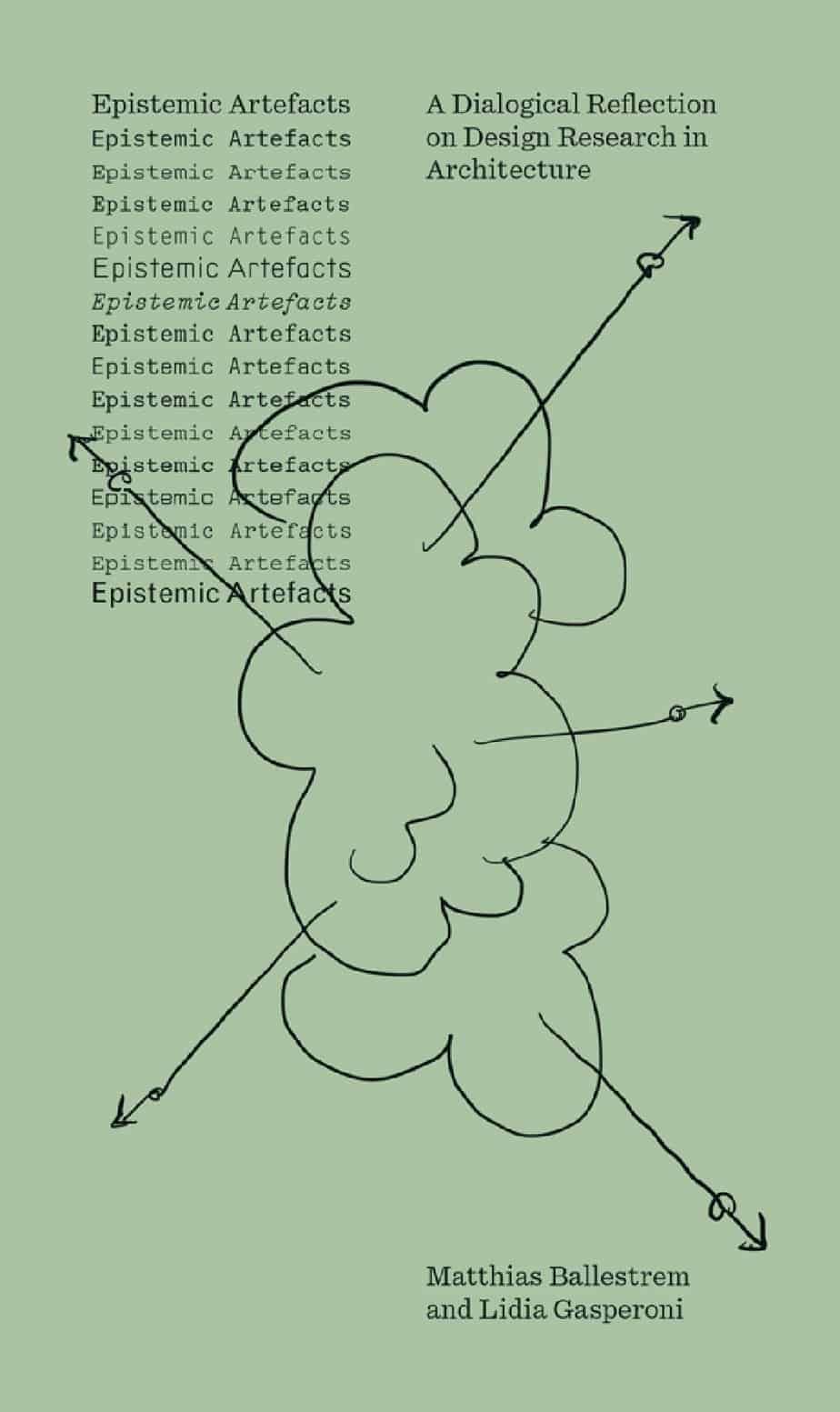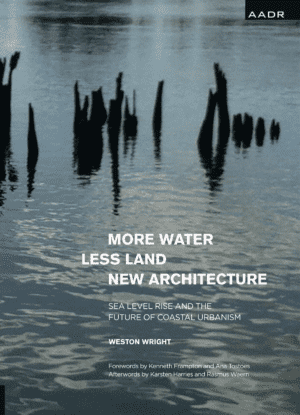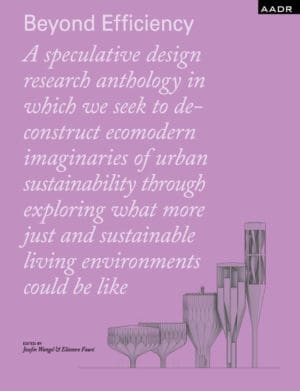This evocative and self-reflective book opens broader and pertinent questions about the physical nature of the architectural design process that will resonate with many of us who are prepared to work sympathetically with material. It is the conscious introduction of artistic experimentation in the architects material practice that can gradually enable intimacy, complexity and the shaping of novelty, as Bertram argues. A loving and rigorous attention to making opens exciting spatial questions and prompts´problem invention´. Bertram helps us to understand this process by linking architecture with philosophy, science and art.
Yeoryia Manolopoulou Professor of Architecture and Experimental Practice The Barlett School of Architecture
This book challenges established pedagogical profile within the creative fields of art and architecture. Through an array of unique projects, each accompanied by a very reflective text, the book invites the reader into the creative universe of a search that is at the same time research. It makes an important contribution to the contemporary discussion regarding artistic research as it focuses upon the complexity of the creative act itself. The nature of this search entails a specific form of openness, a receptiveness that cannot be measured as the process unfolds. In order to contribute, one must follow an individual path, since it is in the making that one invents a problem.
Per Olaf Fjeld Professor, The Oslo School of Architecture and Design
Peter Bertram is an architect and associate professor at the Royal Danish Academy of Fine Arts, School of Architecture in Copenhagen. He has exhibited his work internationally, and published numerous books on the subject of artistic research.
203 Pages, Format: 21 cm x 25 cm, Softcover, ISBN 978-3-88778-565-9, English









Reviews
There are no reviews yet.